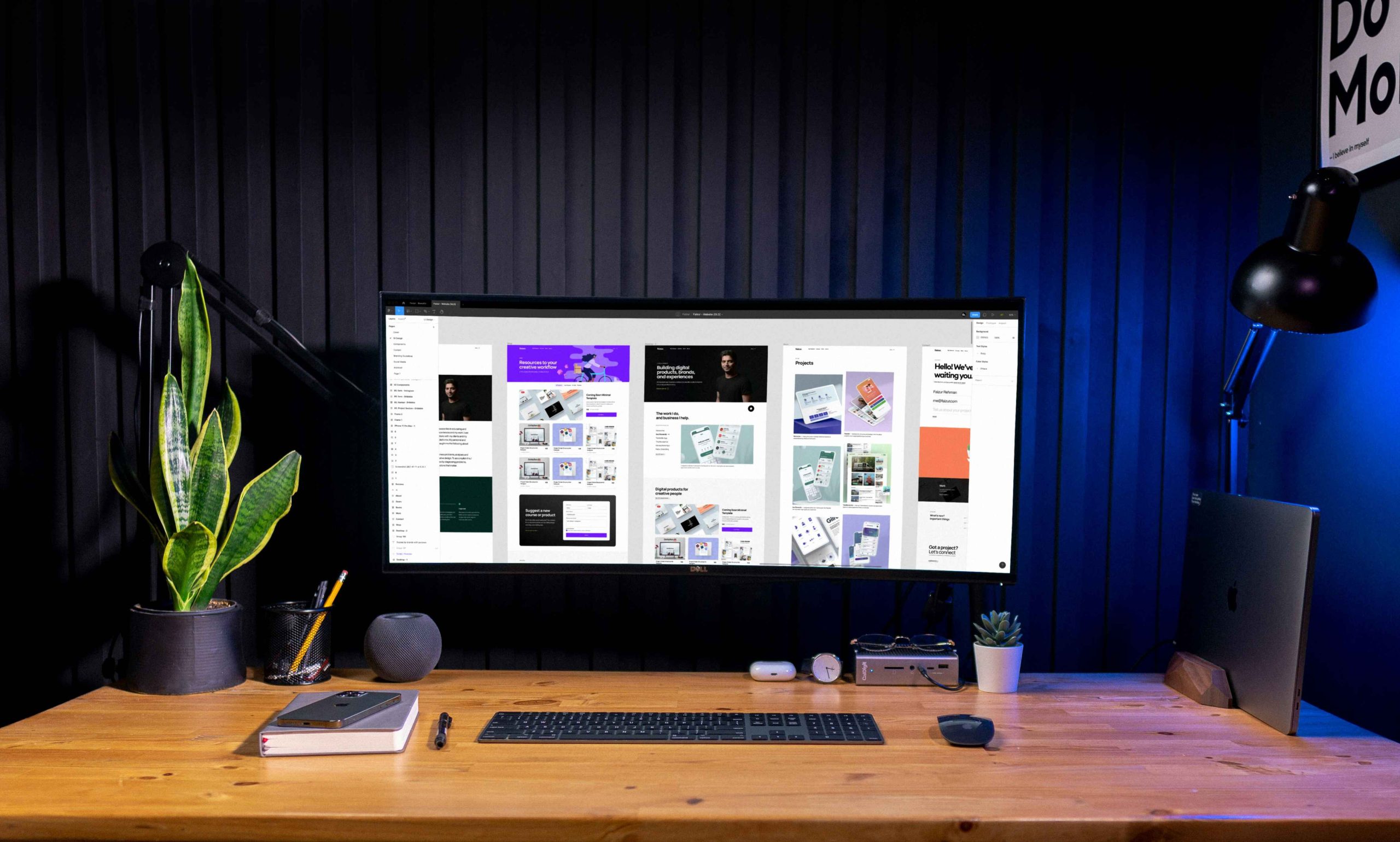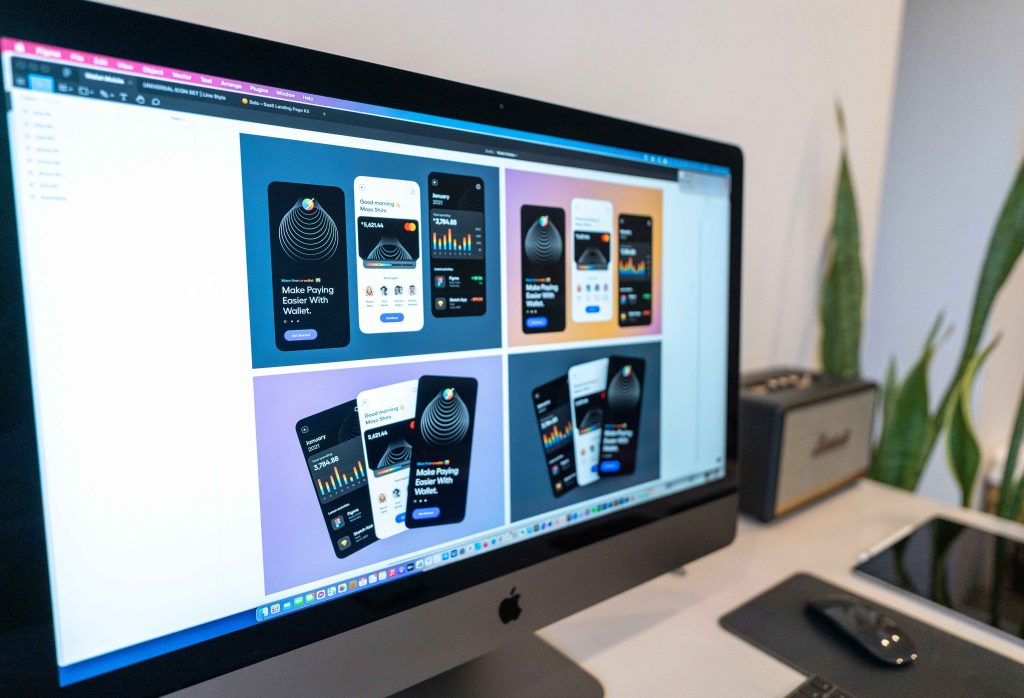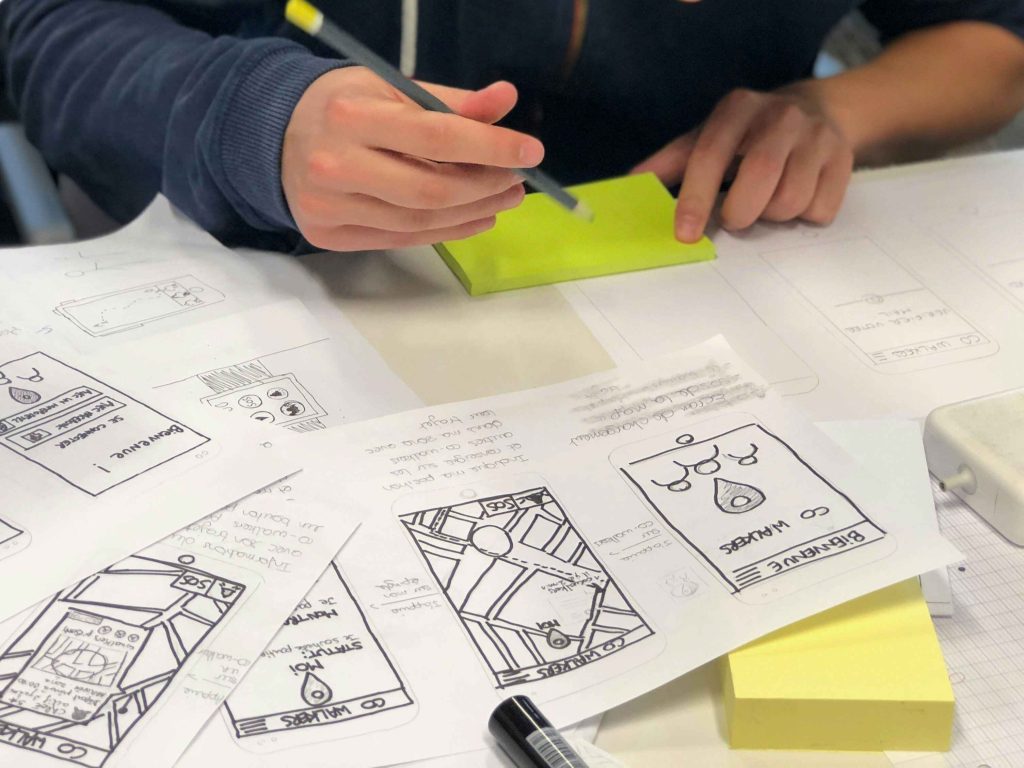
10 Jul The Art and Science of UI Design: Innovations, Insights, and Best Practices
In today’s digital landscape, where user experience reigns supreme, UI design plays a pivotal role in ensuring the success of digital products and services. As technology continues to evolve, it’s essential for designers to stay abreast of the latest trends and best practices to create interfaces that are not only visually appealing but also intuitive and user-friendly. In this article, we’ll delve into current UI design trends and explore best practices to help you elevate your design game.
Introduction
User Interface (UI) design holds immense importance in today’s digital era as it directly impacts how users interact with websites, applications, and other digital platforms. The focus of this article is to delve into the latest UI design trends and highlight best practices to create compelling user experiences.
UI Design Trends
Minimalism and Elegance
Minimalist UI design continues to gain traction due to its simplicity and elegance. By eliminating clutter and focusing on essential elements, minimalist interfaces offer users a visually pleasing experience. Embracing white space and clean aesthetics enhances readability and encourages user engagement.
Bold Typography
Bold and prominent typography is a trend that grabs users’ attention instantly. Large, expressive typefaces not only convey a brand’s personality but also improve readability, especially on smaller screens. Designers leverage bold typography to create focal points and emphasize key messages.
Engaging Animations and Microinteractions
Animations and microinteractions add depth and interactivity to UI design. They captivate users’ attention, provide feedback, and guide users through various interactions. Whether it’s a subtle hover effect or a playful loading animation, these elements enhance user experience and make interactions more intuitive.
Dark Mode
Dark mode has emerged as a popular UI design trend, offering users an alternative color scheme that reduces eye strain, especially in low-light environments. It also conserves battery life on devices with OLED screens, making it both aesthetically pleasing and practical.
UI Design Best Practices
User-Centric Design
Prioritizing user needs and behaviors is fundamental to creating successful UI designs. Conducting thorough user research, building user personas, and soliciting feedback throughout the design process ensures that interfaces are tailored to meet users’ expectations and preferences.
Usability and Functionality
A user-friendly interface is paramount for seamless navigation and interaction. Clear navigation menus, intuitive gestures, and accessibility features such as screen readers and keyboard shortcuts enhance usability and ensure that the interface is accessible to all users.
Visual Hierarchy and Information Architecture
Structuring information in a way that is easy to comprehend is essential for effective UI design. Establishing a clear visual hierarchy through the use of typography, color, and spatial arrangement helps users prioritize information and navigate the interface with ease.
Consistency and Cohesiveness
Maintaining consistency across the interface fosters familiarity and reinforces brand identity. Consistent use of colors, typography, and layout styles creates a cohesive user experience, reducing cognitive load and enhancing usability.
Conclusion
In conclusion, staying informed about UI design trends and adhering to best practices is essential for creating interfaces that not only look great but also offer seamless user experiences. By embracing minimalist aesthetics, bold typography, engaging animations, and adhering to user-centric design principles, designers can craft interfaces that delight users and drive engagement. Remember, UI design is an ever-evolving field, so continue to experiment, learn, and adapt to stay ahead of the curve.
Key Takeaways
- Stay Updated: In the fast-paced digital landscape, staying informed about the latest UI design trends and best practices is crucial to ensuring the success of digital products and services.
- Balance Aesthetics and Functionality: Striking a balance between visually appealing design elements like minimalism, bold typography, and engaging animations, while also focusing on usability and functionality, is essential for creating compelling user experiences.
- User-Centric Approach: Prioritize user needs and behaviors throughout the design process by conducting thorough research, building user personas, and soliciting feedback to tailor interfaces that meet users’ expectations and preferences.
- Clear Navigation and Structure: Implement clear navigation menus, intuitive gestures, and visual hierarchy to help users easily navigate through the interface and prioritize information effectively.
- Consistency is Key: Maintain consistency in design elements such as colors, typography, and layout styles to foster familiarity and reinforce brand identity, ultimately enhancing the overall user experience.
Frequently Asked Questions
Why is minimalism important in UI design?
Minimalism simplifies the interface by removing unnecessary elements, enhancing readability and user engagement. It focuses on essential components, utilizing white space and clean aesthetics to create a visually pleasing and user-friendly experience.
How does bold typography enhance the user experience?
Bold typography grabs users’ attention and improves readability, especially on smaller screens. It conveys a brand’s personality and creates focal points, emphasizing key messages and enhancing the overall user experience by making the content more accessible.
What are the benefits of dark mode in UI design?
Dark mode reduces eye strain in low-light environments and conserves battery life on OLED screens. It provides an alternative color scheme that is both aesthetically pleasing and practical, contributing to a better overall user experience.
Learn how to effectively protect your digital content from unauthorized use with an in-depth understanding of copyright laws, ensuring your work remains your own.



